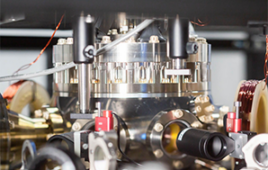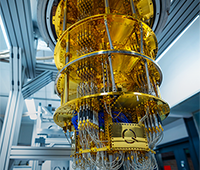First Animals Survive Space Vacuum
Tardigrades, or water bears, are the first animals to have survived exposure to the vacuum and radiation of space. It has been nearly a year since the ecologist Ingemar
 |
Jönsson, a researcher at Kristianstad University in Sweden, had some 3,000 microscopic water bears sent up on a 12-day space trip. The aim of the research project, which was supported by the European Space Agency, was to find out more about the basic physiology of tardigrades by seeing if they can survive in a space environment.
Now, Jönsson and his colleagues in Stockholm, Stuttgart and Cologne have published their research findings in the journal Current Biology.
“Our principal finding is that the space vacuum, which entails extreme dehydration, and cosmic radiation were not a problem for water bears. On the other hand, the ultraviolet radiation in space is harmful to water bears, although a few individuals can even survive that,” says Jönsson.
Water bears are multicellular, invertebrate animals about one millimeter in size. They exist in nearly all ecosystems of the world. What makes them unique is that they can survive repeated dehydration and can lose nearly all the water they have in their bodies. When dehydrated, they enter into a dormant state in which the body contracts and metabolism ceases. In this death-like dormant state, water bears manage to maintain the structures in their cells until water is available and they can be active again.
The next challenge is to try to understand the mechanisms behind the water bears’ exceptional tolerance. Jönsson suspects that even those that got through the space trip without any trouble may in fact have incurred DNA damage, but that the animals managed to repair this damage.
“All knowledge involving the repair of genetic damage is central to the field of medicine,” says Ingemar.
“One problem with radiation therapy in treating cancer today is that healthy cells are also harmed. If we can document and show that there are special molecules involved in DNA repair in multicellular animals like tardigrades, we might be able to further the development of radiation therapy.”



